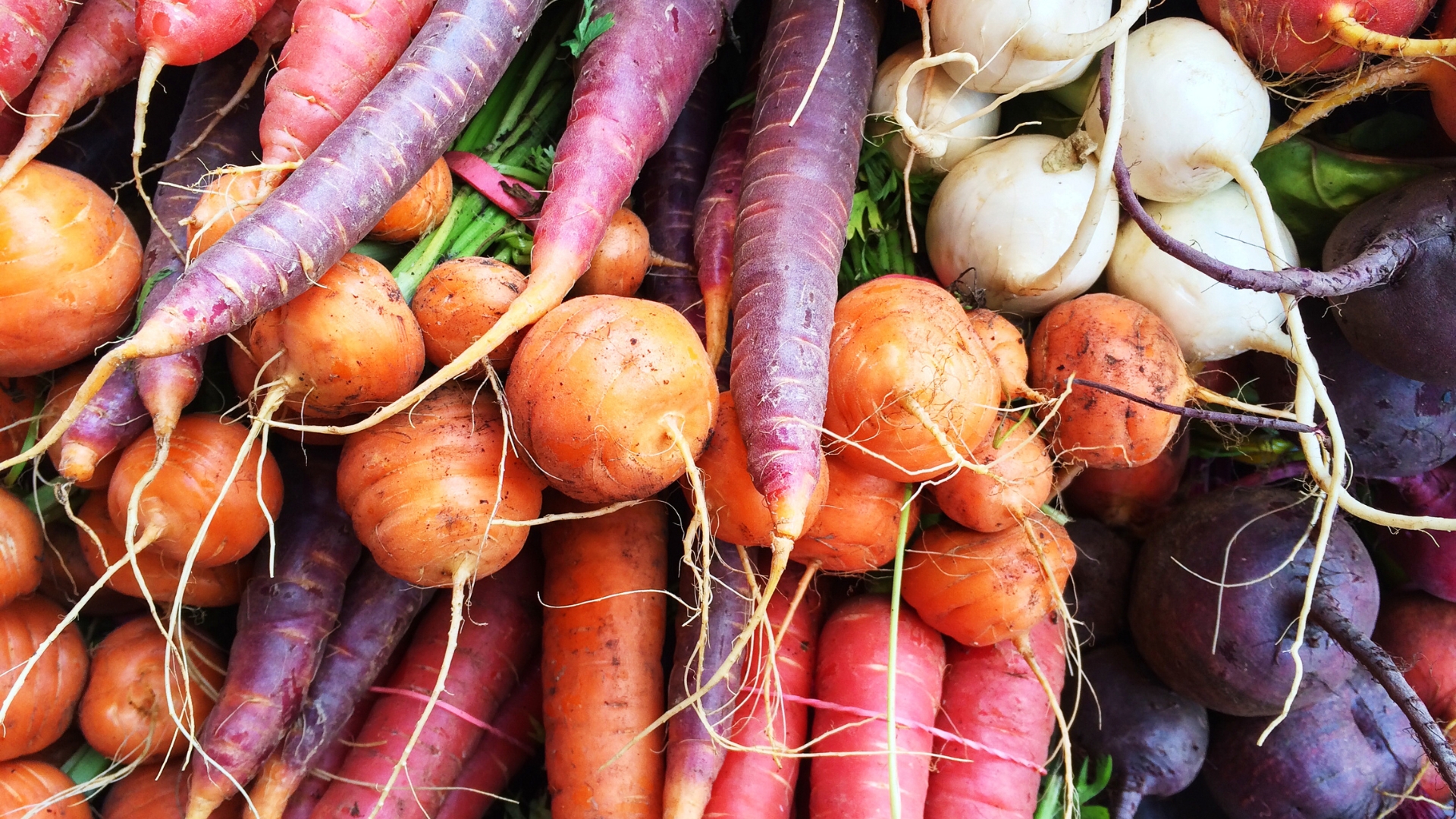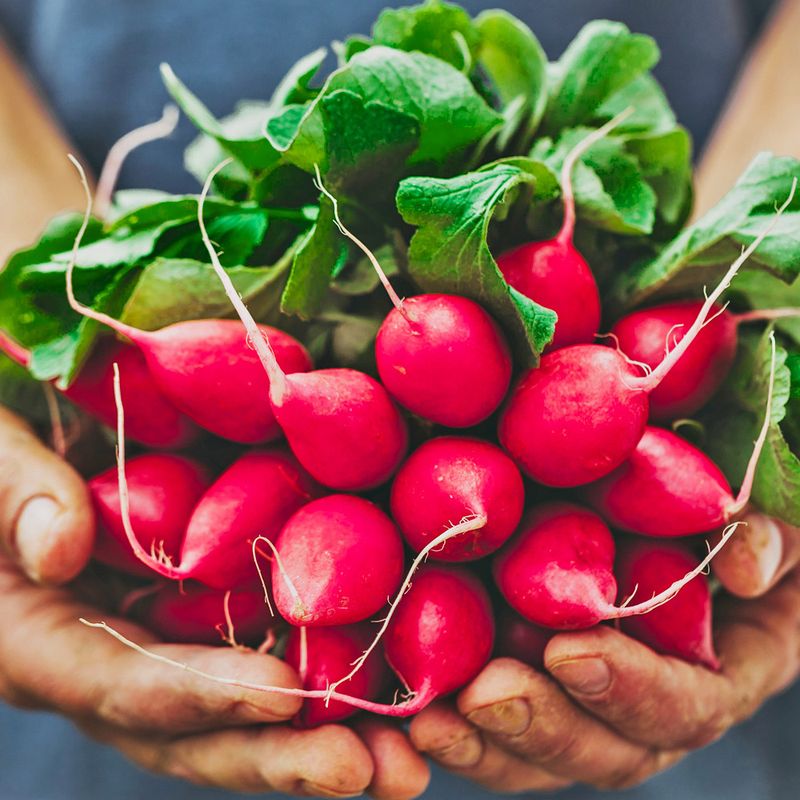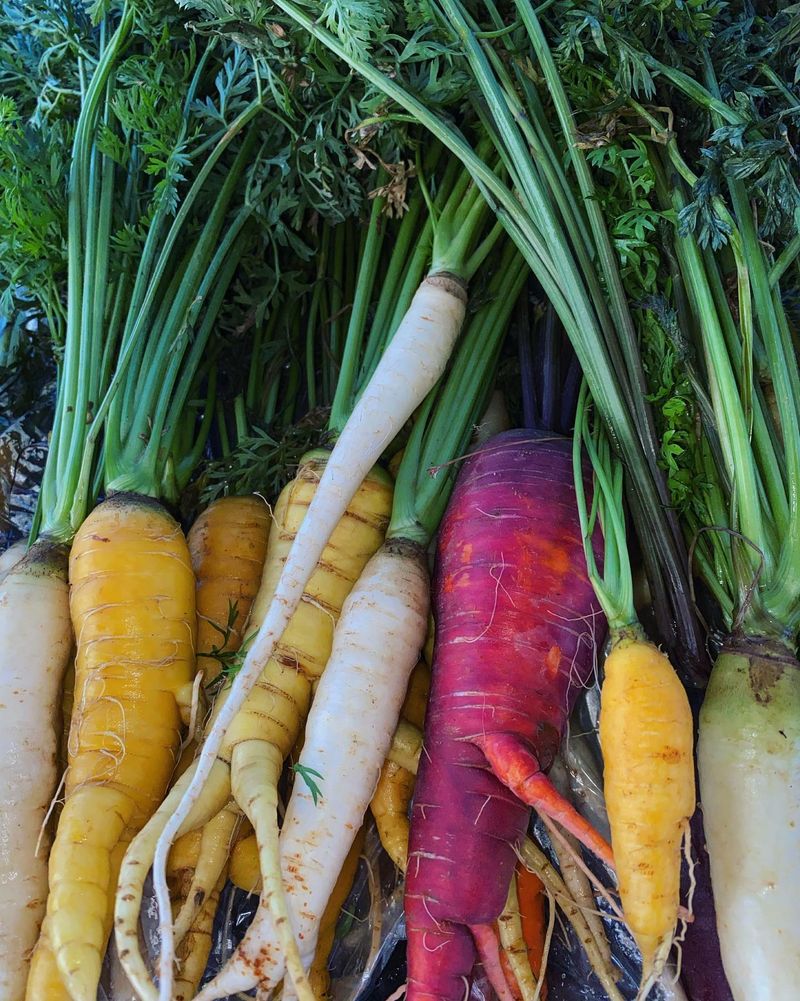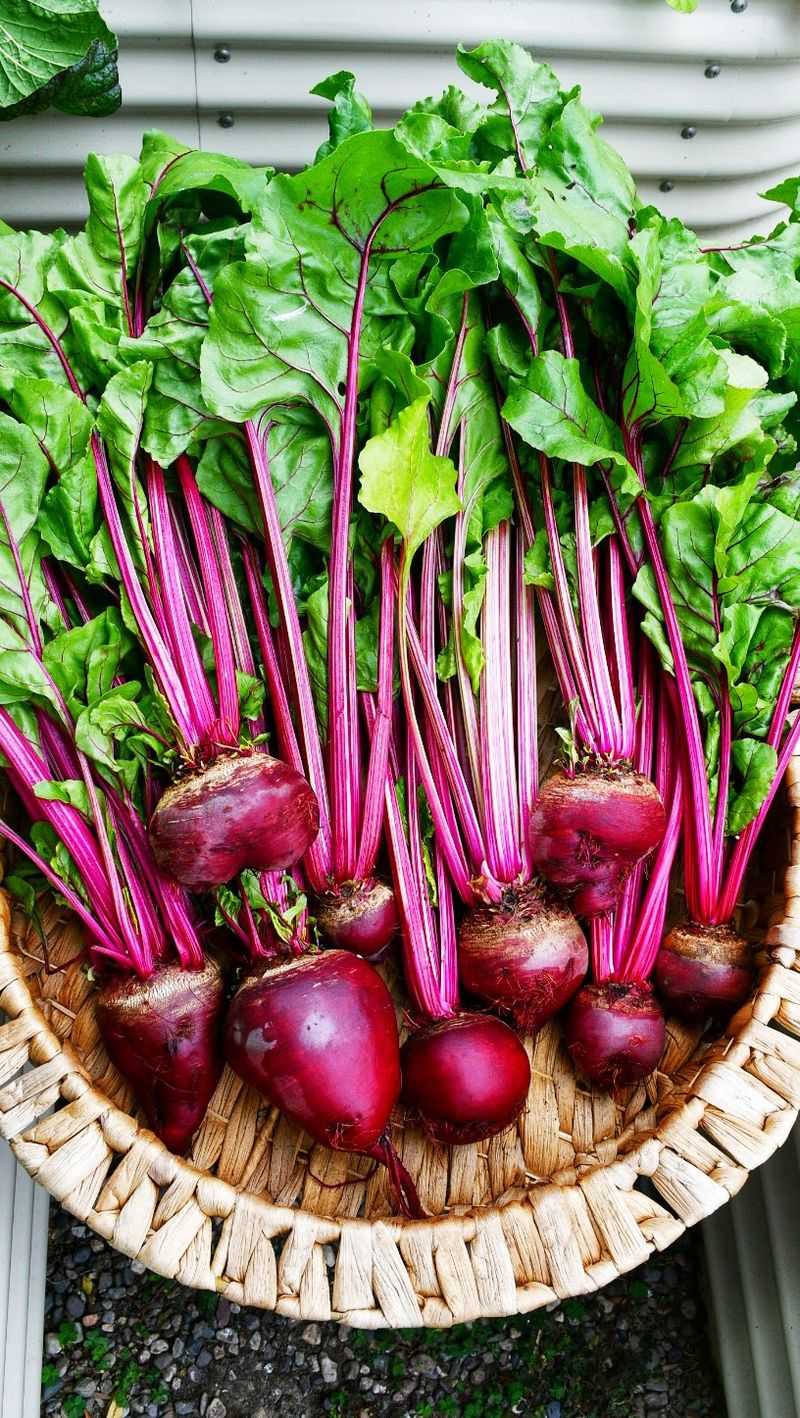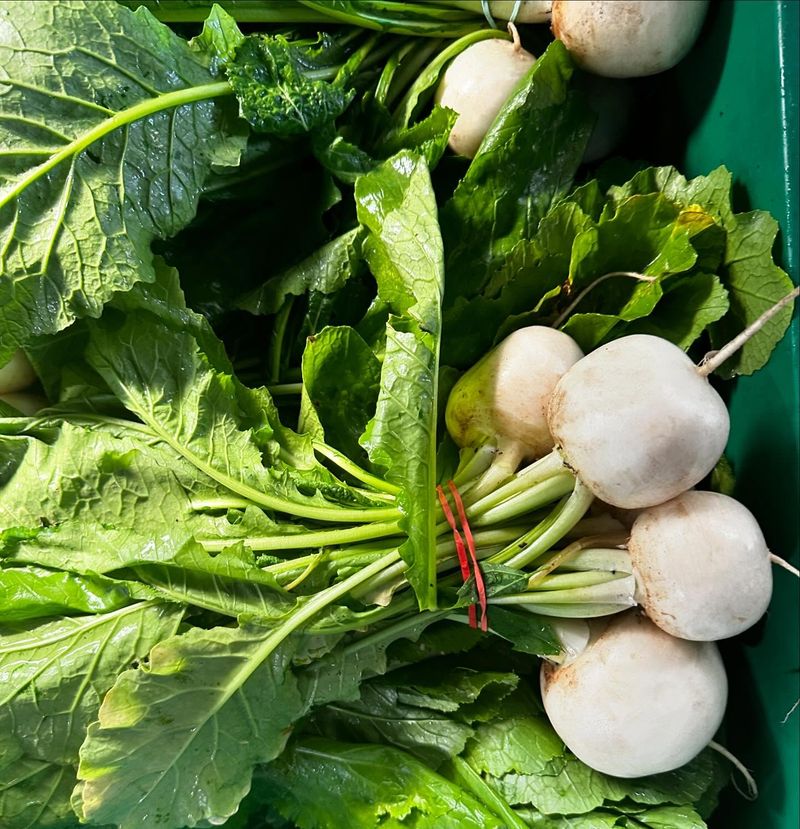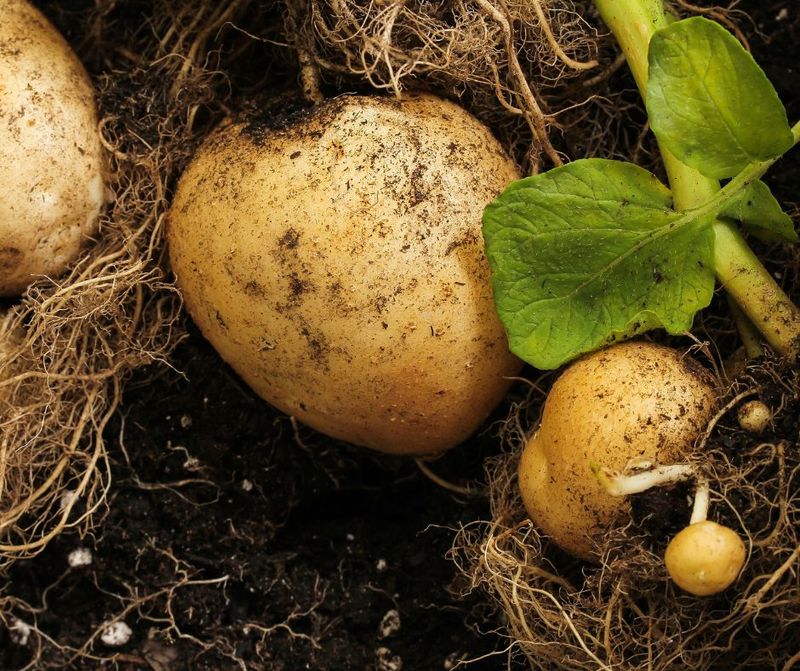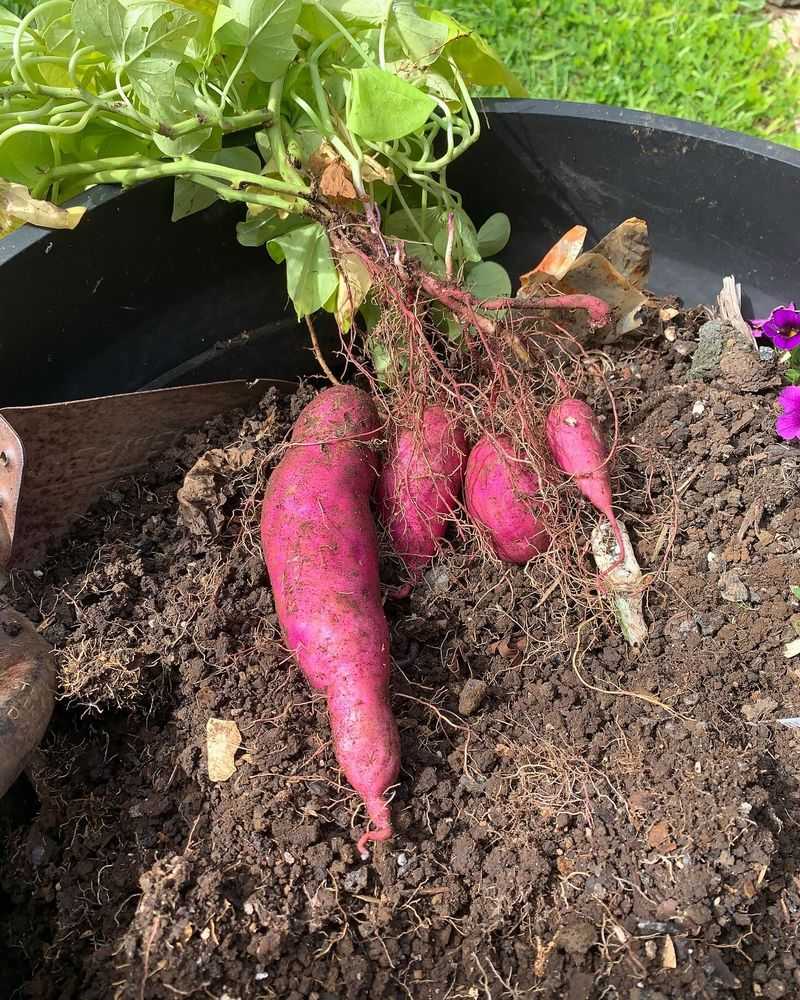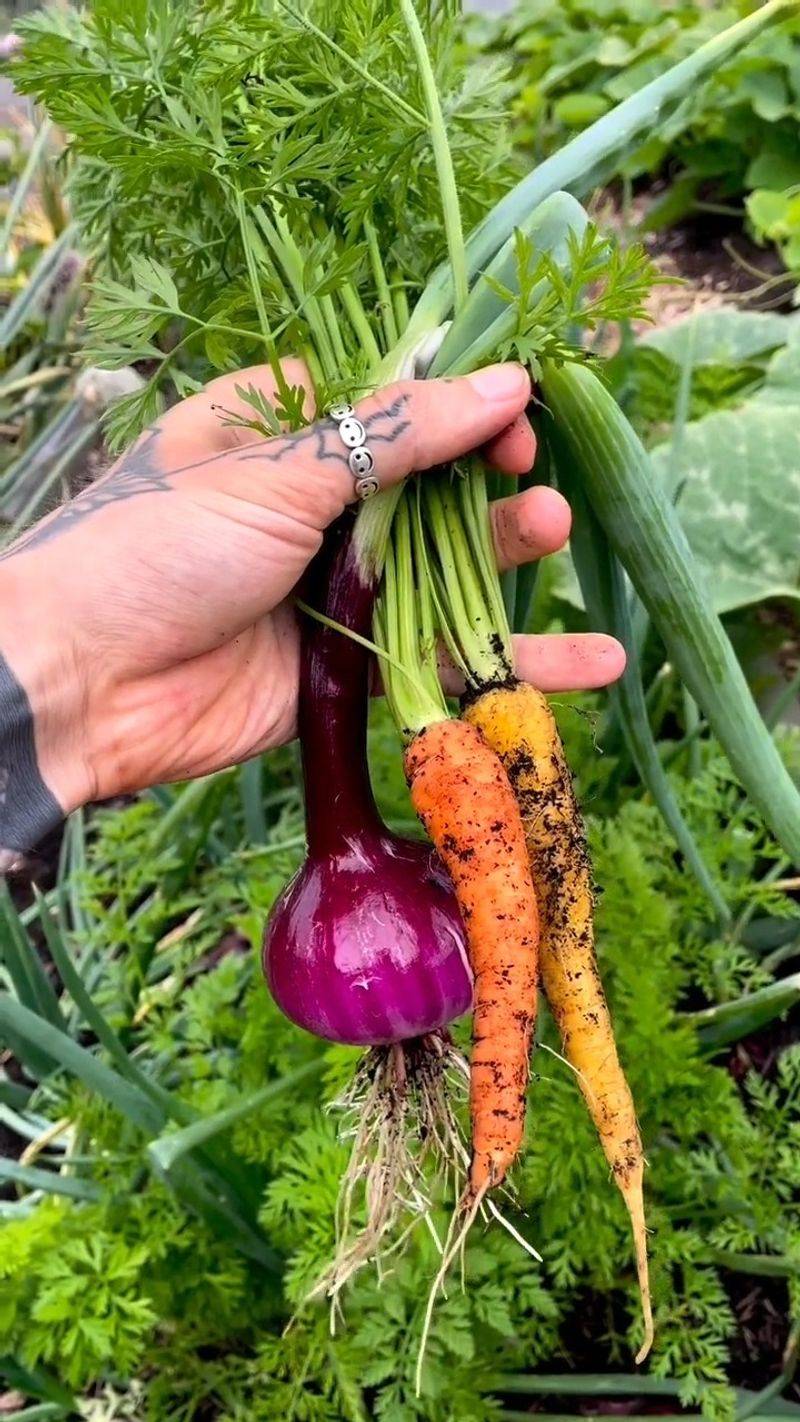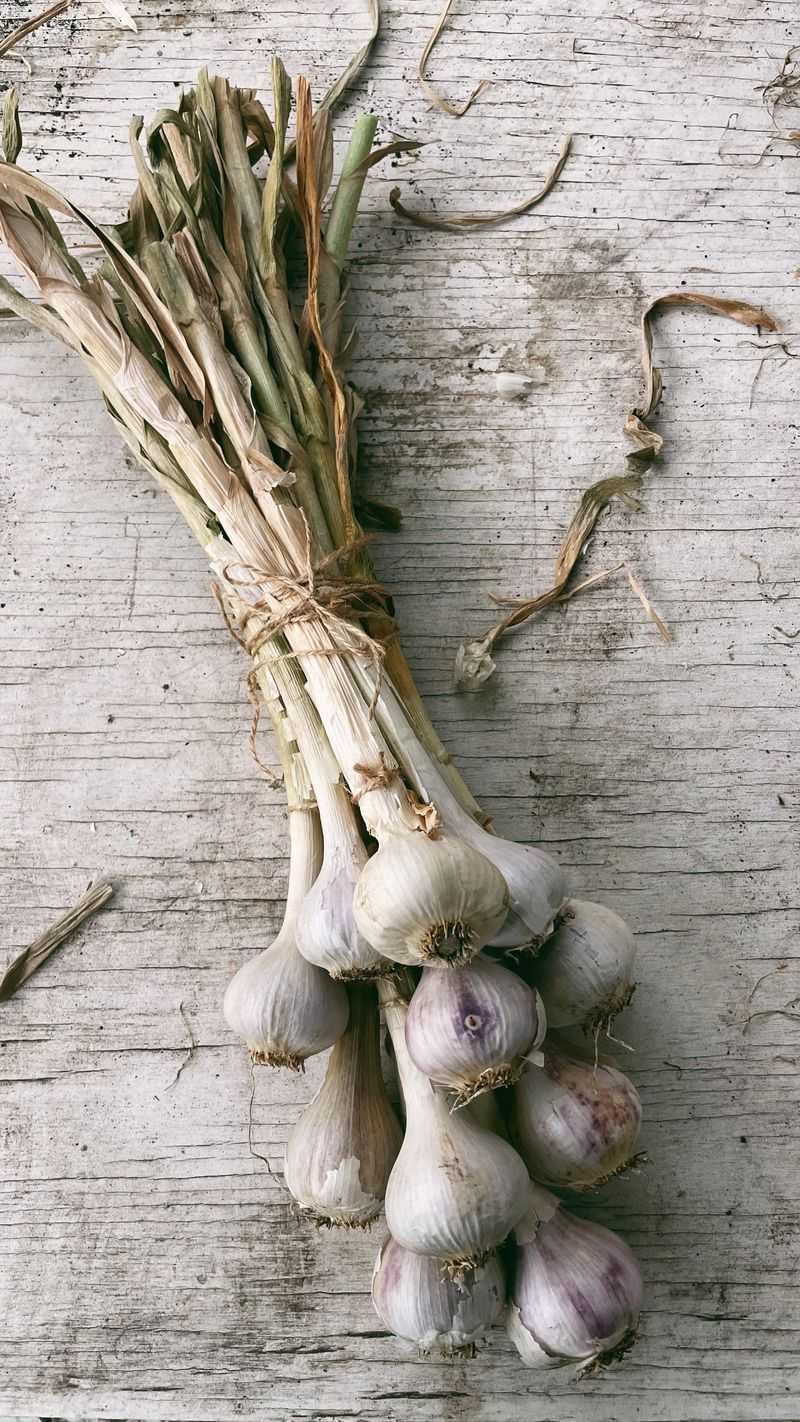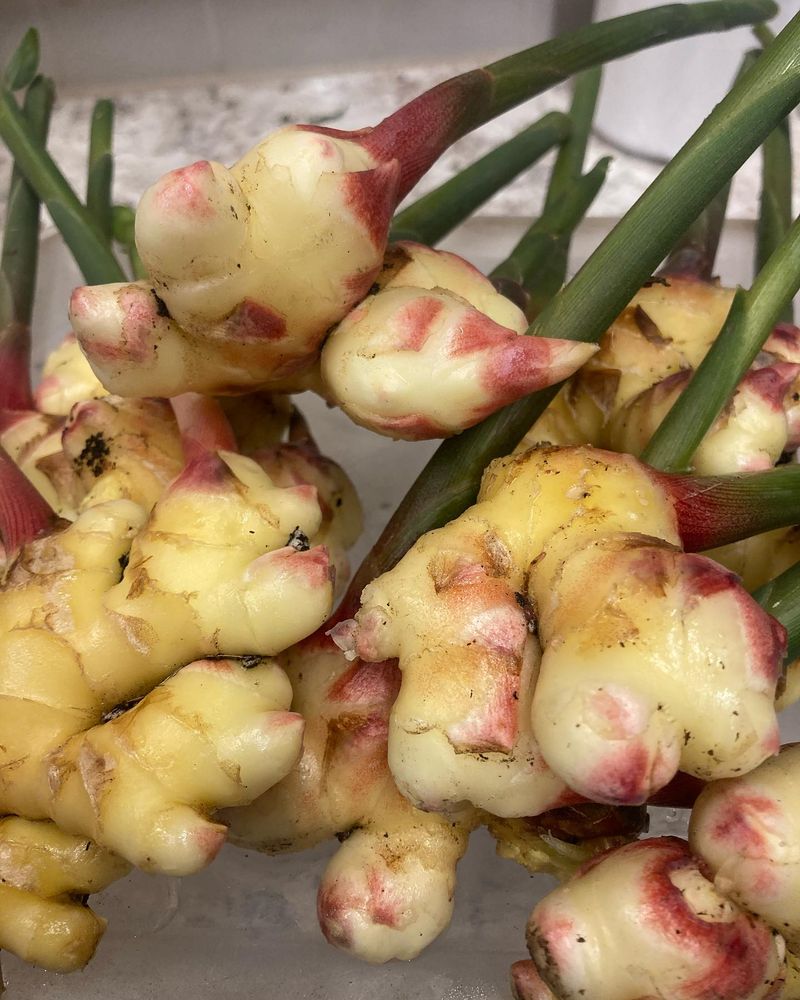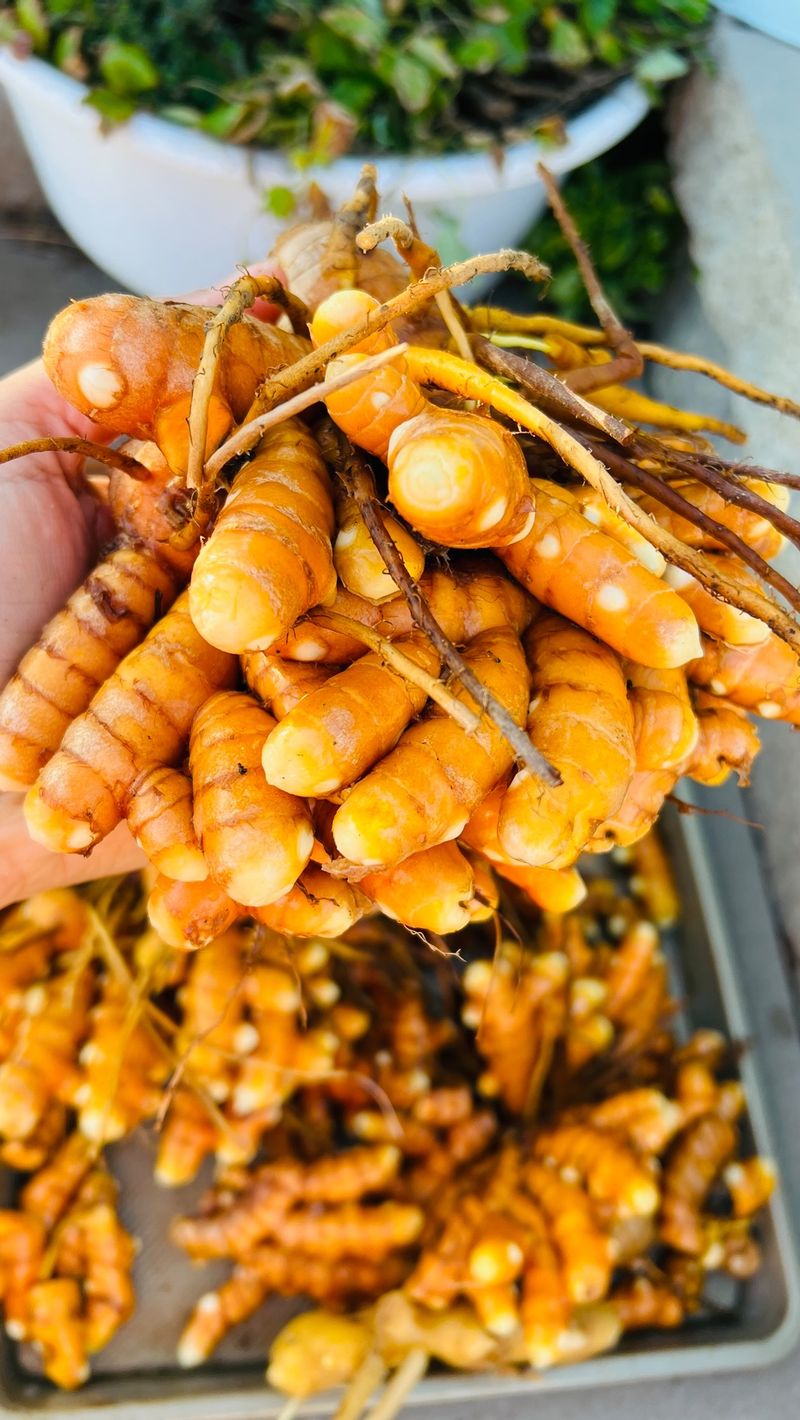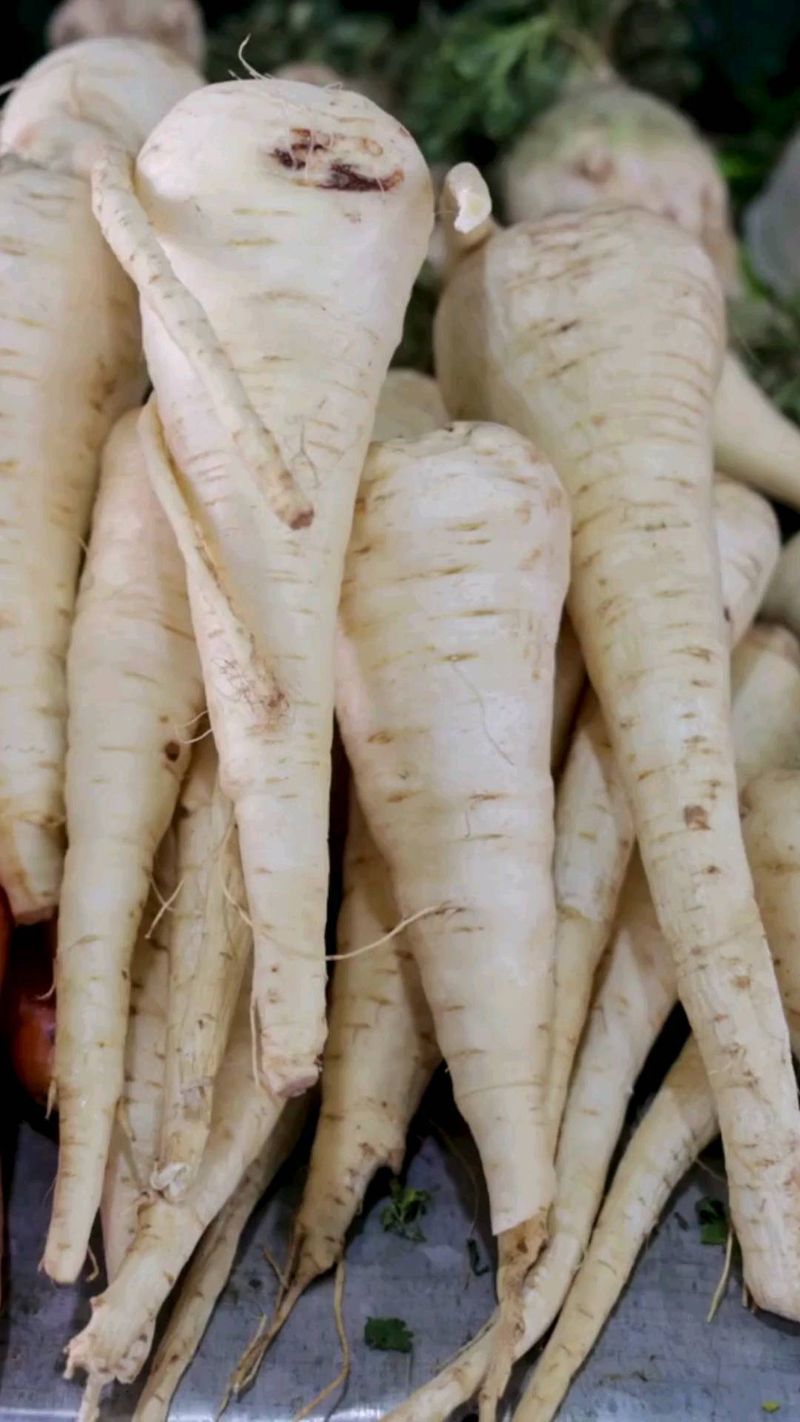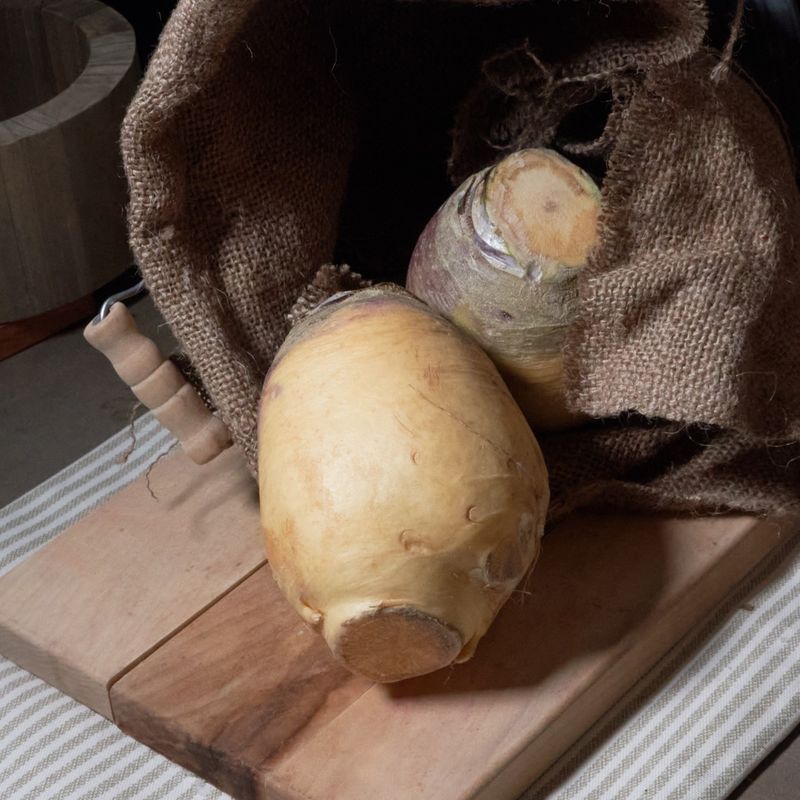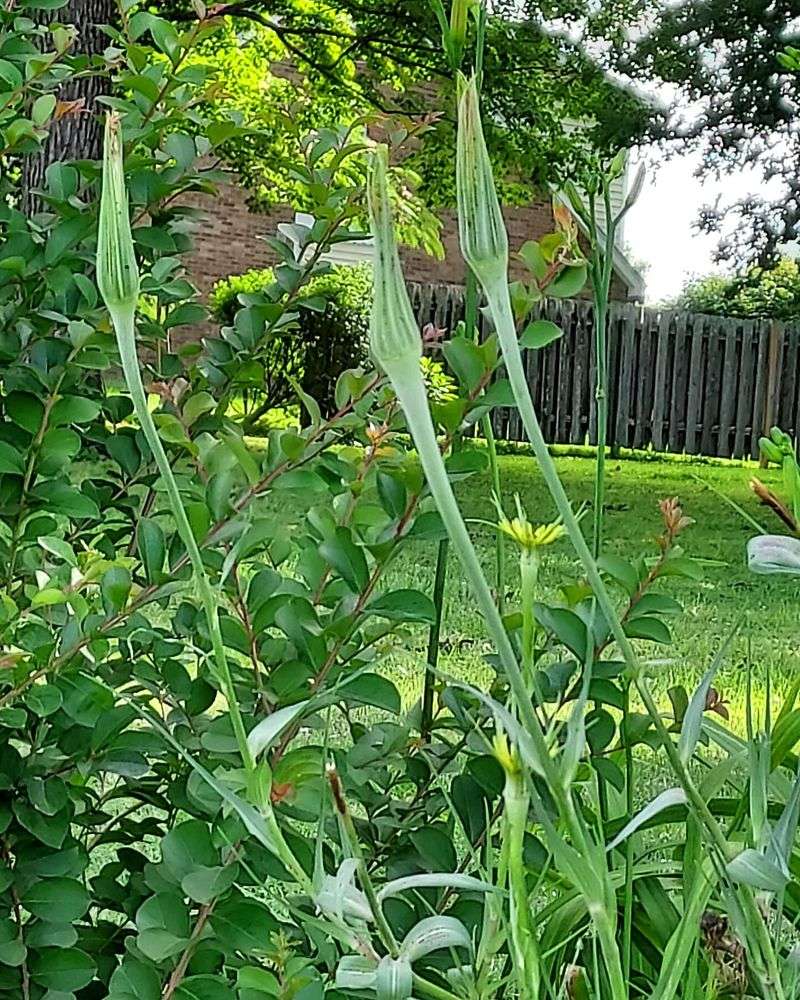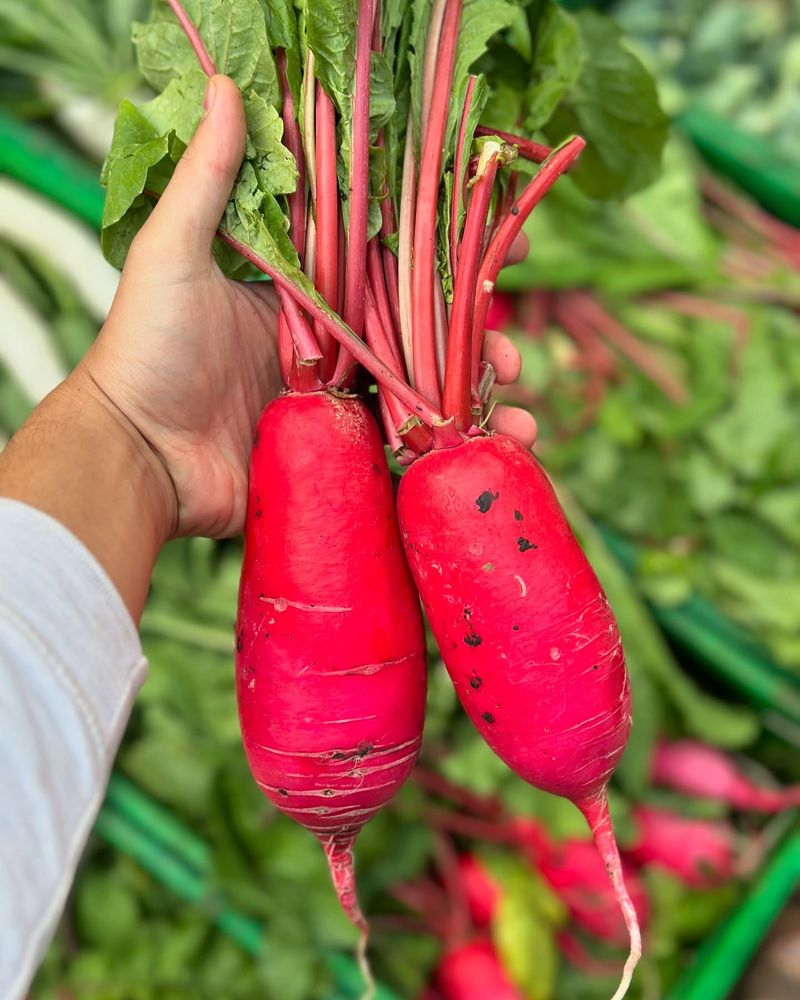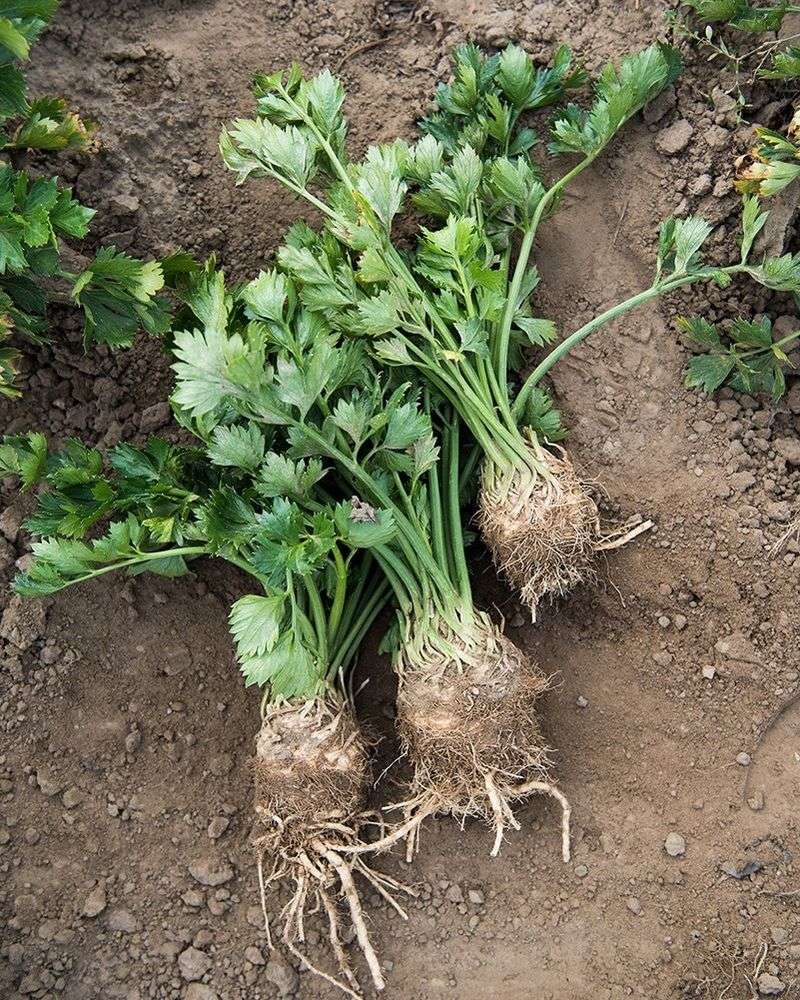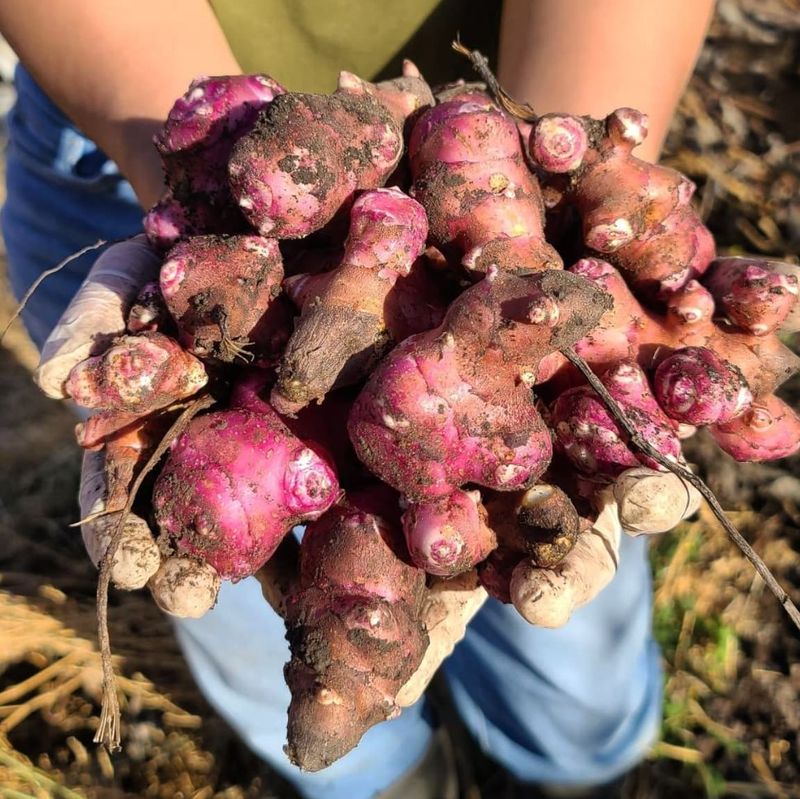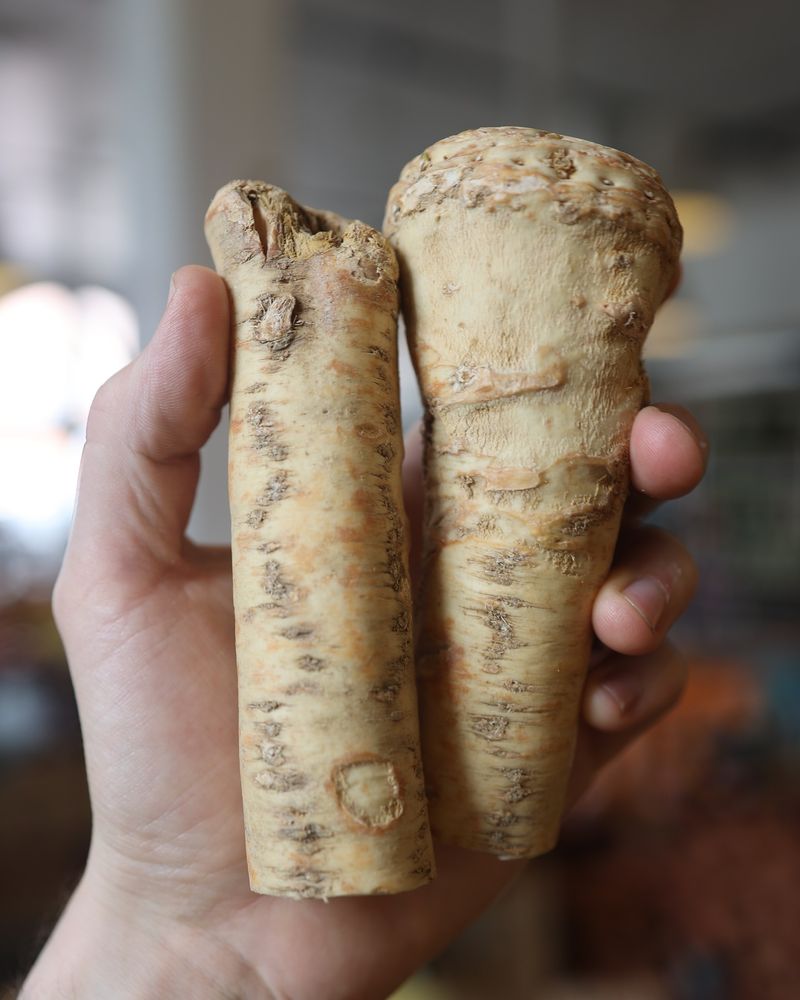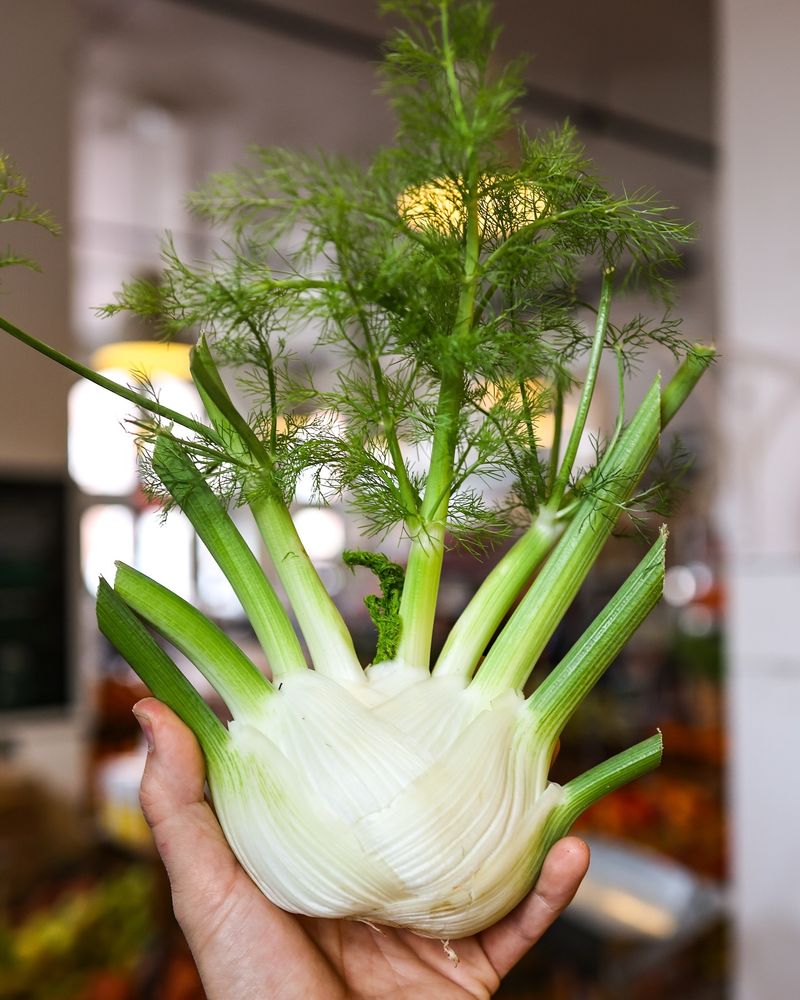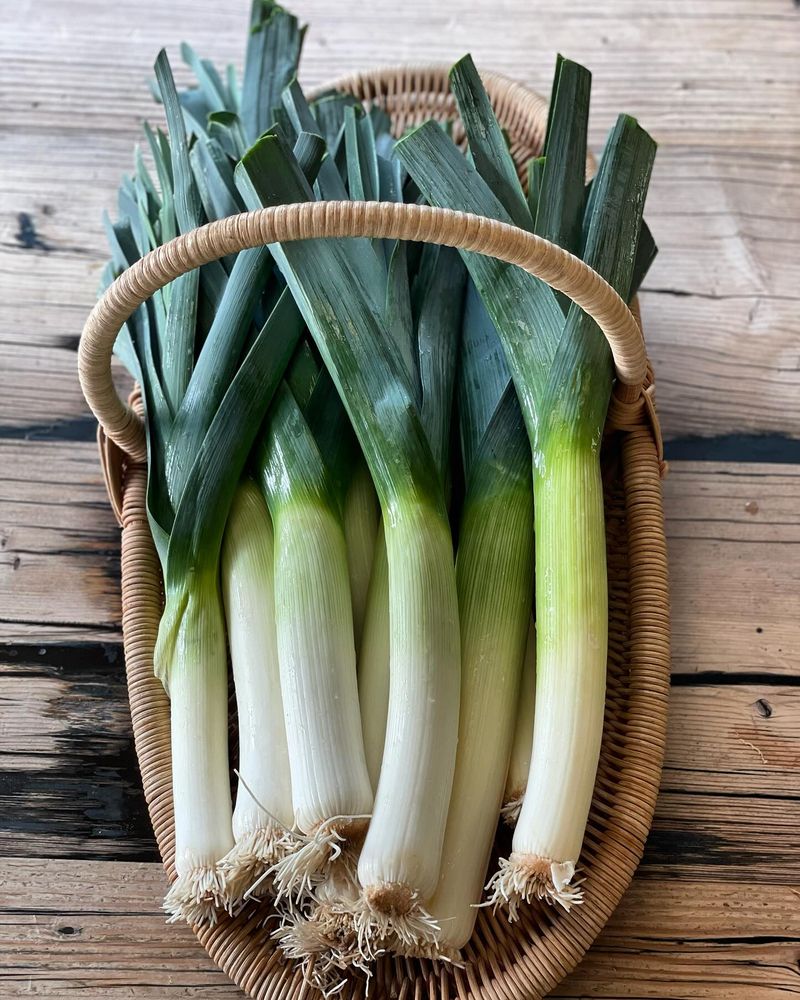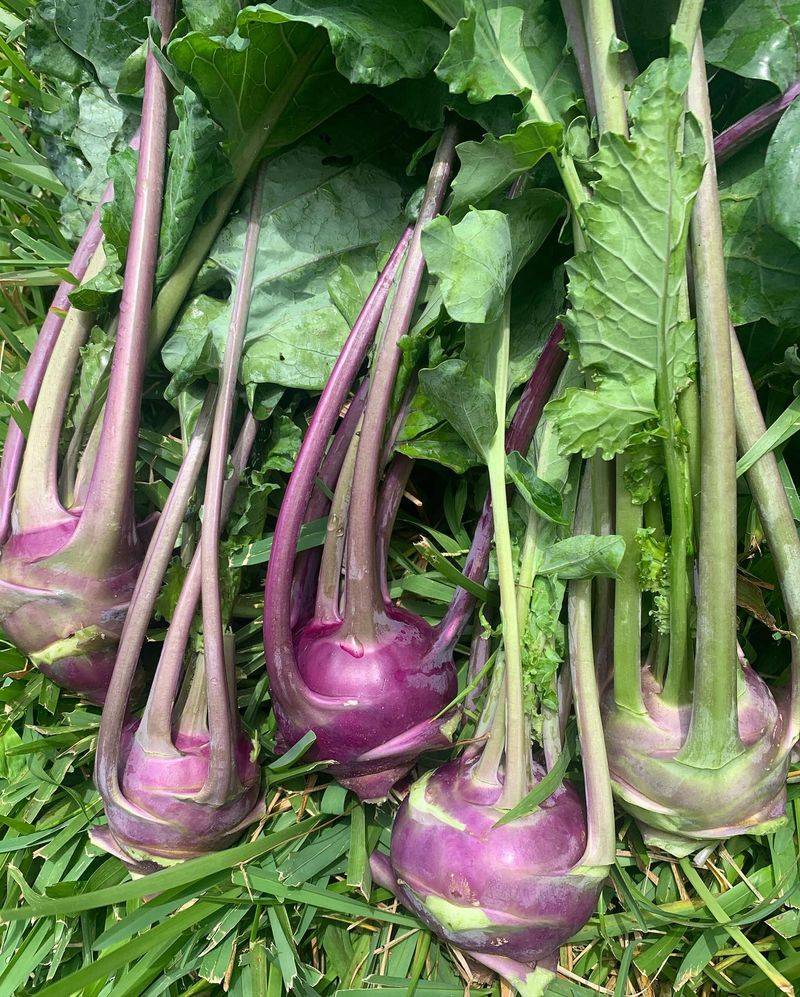I didn’t think root veggies would grow well in containers—until I gave it a shot and ended up with the sweetest carrots and juiciest radishes ever.
Turns out, you don’t need a big garden to grow the good stuff. With the right setup (and a little patience), these veggies go all in and taste way better than store-bought. I’ve grown them on balconies, porches, and even a sunny window ledge.
Here are the ones that totally changed how I feel about homegrown food.
1. Radishes
Fast and foolproof, these peppery little gems go from seed to harvest in just 3-4 weeks. They’re perfect for impatient gardeners or kids who want quick results.
Most varieties need containers only 6 inches deep, making them ideal for shallow pots or window boxes. Choose round varieties like Cherry Belle for the quickest harvest, or try elongated French Breakfast for something a bit different.
2. Carrots
Sweet and colorful, container carrots bring garden-fresh flavor to small spaces. Short varieties like Thumbelina or Paris Market work beautifully in pots just 8 inches deep.
For longer varieties, choose containers at least 12 inches deep and fill with loose, stone-free soil. Unlike grocery store options, homegrown carrots come in purple, white, yellow, and red – adding unexpected rainbow colors to your meals.
3. Beets
Vibrant and versatile, beets deliver double value with both edible roots and nutritious greens from one plant. Their jewel-toned roots develop perfectly in 10-12 inch deep containers without getting woody or tough.
Baby beets can be harvested in just 30 days, while full-sized ones need about 60 days to mature. Golden varieties offer milder flavor for beet beginners, while classic red ones pack the most nutritional punch.
4. Turnips
Often overlooked, turnips reward container gardeners with their quick growth and two-for-one harvest of roots and greens. They thrive in pots at least 8 inches deep and prefer cooler temperatures.
Harvest baby turnips for sweet, tender treats or let them grow to tennis ball size. Modern varieties like Hakurei lack the strong flavor that gives turnips a bad reputation – they’re crisp and mild enough to enjoy raw in salads.
5. Potatoes
Nothing beats the treasure-hunt excitement of digging up homegrown potatoes from a container. Growing them in pots prevents pest problems and makes harvesting incredibly easy – just dump out the soil!
Try growing them in fabric pots, trash cans, or purpose-made potato planters. Small varieties like fingerlings and early potatoes work especially well in limited spaces, producing impressive yields from just a few seed potatoes.
6. Sweet Potatoes
Trailing vines and tropical flair make sweet potatoes both ornamental and edible container plants. Their sprawling vines can cascade down the sides of pots, adding visual interest while the tubers develop below.
Choose large containers at least 12 inches deep and 18 inches wide for best results. Bush varieties like Porto Rico take up less space than traditional types. Unlike regular potatoes, sweet potatoes grow from slips – rooted sprouts from existing tubers.
7. Onions
Space-efficient and flavorful, onions adapt remarkably well to container life. Green onions need just 4-5 inches of soil depth, while full-sized bulb onions require 8-10 inch containers.
Plant them closely together and harvest some as green onions to give others room to develop full bulbs. Many gardeners prefer growing them from sets (small bulbs) rather than seeds for faster results. Red, white, or yellow – all types perform equally well in pots.
8. Garlic
Patience-rewarding and pest-repelling, garlic grows contentedly in containers for months before revealing its flavorful treasures. Each clove planted will produce a full head when harvested the following summer.
Plant them in fall for largest heads, using containers at least 6-8 inches deep. Hardneck varieties produce edible scapes (flower stalks) in spring – a bonus crop before the main harvest. Their shallow roots make them perfect companions planted around deeper-rooted container vegetables.
9. Ginger
Exotic and warming, ginger brings tropical flair to container gardens while providing fresh, zingy roots for cooking. Unlike most root vegetables, ginger loves warmth and humidity.
Start with organic ginger roots from the grocery store placed just below the soil surface. The attractive plants grow slowly, taking 8-10 months until harvest, but you can snip pieces as needed. Keep containers in a warm spot and bring indoors during winter in cooler climates.
10. Turmeric
Vibrant golden and health-boosting, turmeric grows much like its cousin ginger but with showier tropical foliage. The bright orange rhizomes develop just below the soil surface in containers at least 10 inches deep.
Start with fresh turmeric roots from health food stores, planting them horizontally 2 inches deep. Harvest after leaves yellow and die back, usually 8-10 months after planting. Fresh turmeric has a brighter, less bitter flavor than the dried powder most people know.
11. Parsnips
Sweet and nutty when cold-kissed, parsnips reward patient container gardeners with their uniquely delicious flavor. They need deep pots – at least 12-15 inches – to develop their long tapered roots.
Seeds germinate slowly, sometimes taking three weeks to appear. Harvest after the first frost for sweetest flavor, as cold temperatures convert their starches to sugar. Their long growing season (120+ days) makes them perfect for gardeners who enjoy planning ahead.
12. Rutabagas
Hearty and historic, rutabagas create substantial roots that store incredibly well after harvest. These yellow-fleshed relatives of turnips develop tennis ball to softball-sized roots in containers at least 12 inches deep.
They prefer cooler temperatures, making them perfect for spring or fall growing seasons. Their flavor sweetens after light frosts. Unlike many root vegetables, rutabagas need plenty of space between plants – limit yourself to 2-3 plants per large container.
13. Salsify
Nicknamed ‘vegetable oyster’ for its subtle seafood-like flavor, salsify brings gourmet uniqueness to container gardens. The long, slender roots grow well in deep pots of at least 12-14 inches.
Both white salsify and black salsify (scorzonera) grow similarly, though black salsify has more complex flavor. Harvest after 120 days when roots are about an inch thick. The edible leaves resemble grass, making this dual-purpose plant both ornamental and delicious.
14. Daikon Radish
Crisp and mild, these giant white radishes bring Asian cuisine flair to container gardens. Unlike their small round cousins, daikons develop long carrot-like roots that need containers at least 14-18 inches deep.
They grow quickly despite their size, ready for harvest in about 60 days. Containers prevent the splitting and forking common when grown in rocky garden soil. Their mild flavor makes them perfect for pickling, stir-fries, or grating raw into salads.
15. Celeriac
Gnarly on the outside but tender within, celeriac brings sophisticated celery flavor to container gardens. This underappreciated vegetable forms a bulbous root with celery-like flavor perfect for soups and gratins.
Grow in containers at least 10-12 inches deep and equally wide. The plants need consistent moisture but reward with drought-resistant winter storage crops. Unlike many root vegetables, celeriac benefits from occasional feeding with balanced fertilizer to develop its signature large root ball.
16. Jerusalem Artichokes
Sunflower relatives with crisp, nutty tubers, Jerusalem artichokes (sunchokes) practically grow themselves in containers. They produce tall, yellow flowers above ground while developing knobby tubers below that taste similar to water chestnuts.
Use deep containers (at least 12 inches) as they can be vigorous growers. Harvest after flowers fade in fall, but leave a few tubers to regrow next season. Unlike most root crops, these perennials return year after year from any small pieces left behind.
17. Horseradish
Fiery and potent, horseradish brings medicinal heat and distinctive flavor from container to kitchen. The large white roots develop best in deep pots at least 15-18 inches deep where they can spread out.
Plant small root cuttings at an angle, with the top end slightly higher than the bottom. Harvest outer roots while leaving the center intact for continued growth. Containers help control this potentially invasive plant that might otherwise take over garden beds.
18. Fennel
Anise-scented and crisp, fennel bulbs develop beautifully in containers at least 8 inches deep. The feathery foliage adds ornamental value while the bulbous stem bases provide sweet, licorice-flavored crunch.
Choose Florence or bulbing fennel varieties specifically bred to form the edible bulbs. Harvest when bulbs reach tennis ball size but before plants flower for sweetest flavor. Both the bulb and the frond-like leaves are edible, making this a dual-purpose container crop.
19. Leeks
Tall and elegant, leeks bring mild onion flavor and visual structure to container gardens. Their upright growth habit makes them perfect for deep, narrow pots where other vegetables might struggle.
Plant them deeply and gradually add soil around stems as they grow to increase the prized white portion. Containers at least 10-12 inches deep work well. Slower growing than many vegetables, leeks take 120-150 days but can withstand cold temperatures, making them excellent fall-to-winter crops.
20. Kohlrabi
Space-age looking and crunchy, kohlrabi forms alien-like bulbs above ground while technically being considered a root vegetable. Their swollen stems develop just above soil level in containers as shallow as 6-8 inches.
Harvest when bulbs reach tennis ball size for sweetest flavor before they become woody. Both green and purple varieties grow equally well in containers. The leaves are also edible like kale, giving you two vegetables from one plant.

